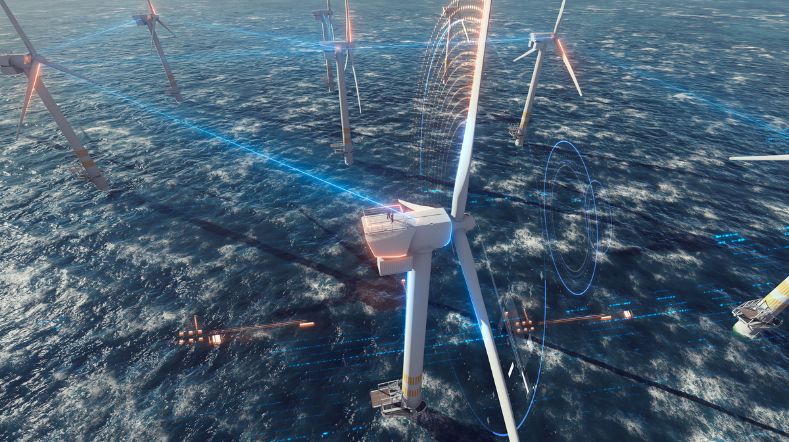
Queue on the power grid could slow down the mobility transition
The energy transition is in full swing, but the capacity of the electricity grid is under pressure. Despite investments and various measures, the number of applications for new or upgraded grid connections — from both large and small consumers — is increasing faster than the expansion of the grid itself.
TNO, commissioned by MRA Elektrisch (MRA-E), has investigated the impact of grid congestion and a potential waiting list for small consumers on the roll-out of charging infrastructure and on how easily people can switch to electric driving.
TNO concludes that the adoption of electric mobility is under pressure, and that introducing a waiting list would negatively affect the deployment of (public) charging infrastructure.
Mobility transition at risk
When there is insufficient capacity on the electricity grid to realise new connections, a waiting list arises for connection or upgrade requests. Network operators connect applicants in order of the queue, taking into account any priority rules set out in the new prioritisation framework to be determined by the ACM (Dutch Authority for Consumers and Markets).
Currently, more than 14,000 large consumers are waiting for a connection — an increase of nearly 20% compared to last year. The waiting list does not only affect large consumers; small consumers — such as households and small businesses — will increasingly face the same issue in the future.
Against this background, TNO examined the impact of grid congestion on the mobility transition. The study shows that (public) charging stations could also end up on the waiting list for small-consumer connections. This delays the roll-out of the required (public) charging infrastructure, thereby slowing the adoption of electric vehicles.
The waiting list also creates inequality between people who already drive electric vehicles and have access to a private driveway or a large small-consumer connection, and those who do not. As a result, the shift to electric driving becomes less accessible for the latter group — including small businesses with company cars.
Exploring alternatives
The TNO study also identifies alternative measures that could be explored instead of, or in combination with, a waiting list. These include policy interventions, energy-sharing concepts, smart grid management, and other innovative solutions. For example, strategically locating public charging stations could also help reduce peak loads on the electricity grid.
Broad prosperity and distributional effects
This TNO study is an initial exploration of the broad welfare impacts of the current grid congestion situation and a potential waiting list intervention. The findings indicate that the transition to electric driving may become more difficult — particularly for the groups essential to achieving climate goals.
According to TNO, it is therefore crucial to understand the distributional effects of new policies and to base policy decisions on transparency, fairness, and efficiency. It is equally important not to lose sight of the long-term impact of such policy choices.
More information
Read the full report 'The impact of grid congestion and a waiting list on the mobility transition'.
Get inspired
The energy system of the future


Grid congestion


1 in 12 children growing up in energy poverty


Smart networks for a future-proof energy system


Home renovations reduce not only energy costs but also healthcare costs and medication use



